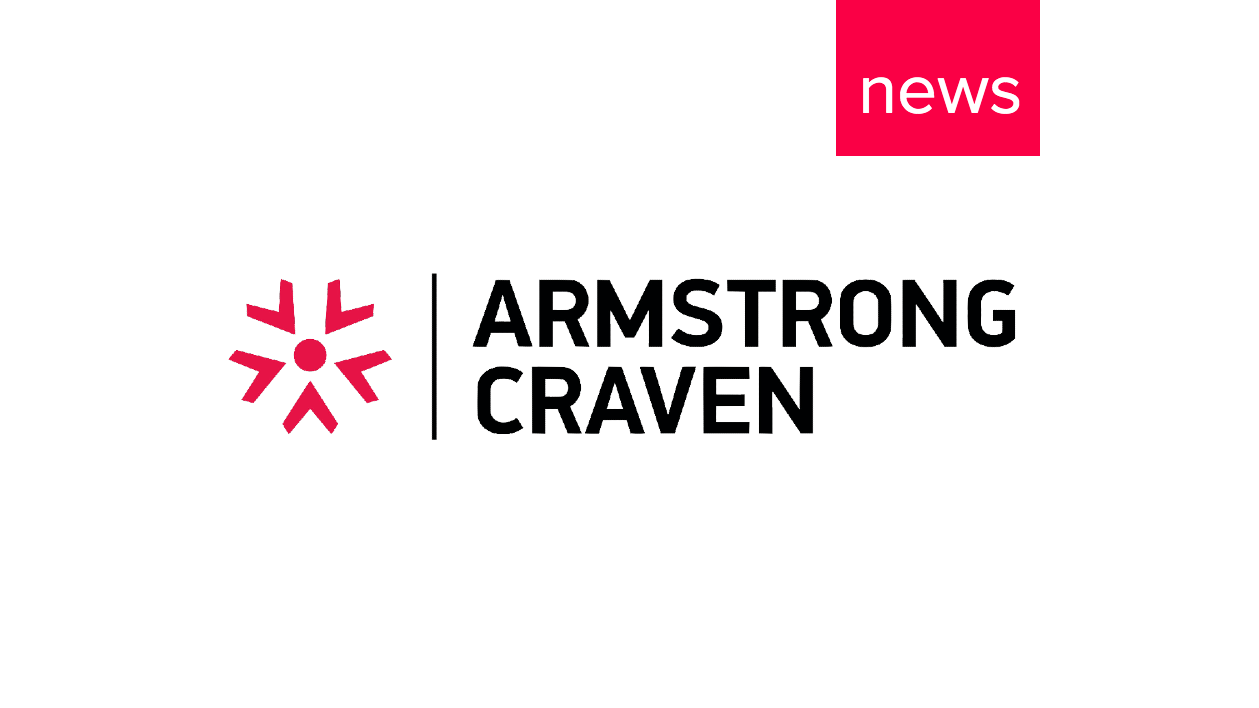Hiring and promoting for potential vs. existing skills
15 March, 2023As part of this interview with The People Space, Olivia O’Loughlin discusses a crucial topic for organisations in today's dynamic and ever-changing business environment. As talent pools continue to shrink and high-demand roles become more competitive, it's becoming increasingly important for organisations to re-imagine their approach to attracting, retaining, and building succession plans for their employees.
In fact, The World Economic Forum stated that 35% of the skills currently considered important in businesses would no longer be relevant in just five years. This rapidly changing landscape has led to a debate about whether organisations should focus on hiring and promoting based on existing skills and experience or potential.
This interview explores the need to re-imagine traditional talent management approaches and instead focus on identifying and nurturing potential within employees. Olivia highlights the benefits of this approach and how it can help organisations build a resilient and adaptable workforce that can thrive in the face of uncertainty.
The benefits of hiring & promoting for potential
Promoting and hiring for potential over experience offers several benefits to organisations. Firstly, it can improve diversity by ensuring that the business represents the diverse communities it serves. Secondly, hiring for potential can increase agility and innovation by bringing in talent that can adapt quickly and bring forward new ideas. Finally, it can help align the talent strategy with business objectives. According to the Census Bureau, labour stats for the U.S., 95% of hiring today is still solely based on replacement or filling an existing position. But what if we change that? By shifting the focus to potential and hiring for tomorrow, organisations can gain a competitive edge and build a resilient workforce that can thrive in the face of uncertainty.
How to take a hiring approach that prioritises potential
To create a hiring strategy that prioritises potential, organisations should start by reviewing their existing capabilities and identifying any gaps that need to be filled. They can then consider whether to buy, borrow or grow talent internally to fill these gaps. It's important to look both internally and externally to ensure they have access to the best talent available.
HR & TA should not wait until a role becomes vacant before looking to the external market to fill the gap. It's important to look internally and externally to ensure they have the best of both talent pools. By doing so, organisations can ensure they have the right talent to achieve their current and future objectives. Bringing in an external market lens early on in the conversation around succession planning, hiring, and future organisational needs is critical. This can involve providing market and talent insights to ensure awareness of the ecosystem in which the company operates. This includes understanding the internal talent versus external talent and benchmarking against the best in the market. It also involves understanding what competitors are doing and identifying talent gaps in organisational design that may need addressing to achieve future goals.
Key skills to have in your hiring strategy
Companies should focus on skills related to data and technology and consider the future roles that will emerge. However, the specific skills required will vary depending on the company's needs. In the post-pandemic world, leadership skills and capabilities are becoming increasingly important, and there is a shift in the skills required for leadership profiles.
The capability and leadership frameworks that used to exist may no longer be relevant as there’s a shift in mindset around caring leadership. Some have quoted it as “getting intimate with your talent” and really understanding the people, not just the person in a role. Humans are not just the job profile; they come with soft skills, behaviours, and characters that fit within cultures, but that can drive change in culture as needed.
Armstrong Craven has developed a Leadership Risk Diagnostic tool that identifies the roles that are most likely to become vacant, allowing an organisation to manage succession activity for those roles before the need arises. Strategic workforce planning should be part of a talent team, which includes talent acquisition.
At Armstrong Craven, we provide succession and talent planning services to help clients bring potential candidates into their processes. By taking these steps, organisations can build a strong talent pipeline and align their talent strategy with their business objectives, ensuring they have the right people in place to achieve their goals. We have also partnered with Intelligent Boardroom, an enterprise platform that allows leaders to make people-focused decisions based on the complexity of future strategies the team needs to deliver. If you want to know more about our technology solutions or consulting service to support as you transition your leadership capabilities to align to the ‘new normal’ of our working world, please get in touch.






